Air conditioning is a twentieth century phenomenon. The Romans had aqueducts. The British discovered electricity. The Americans had an engineer whose invention to control temperature and humidity changed the world forever — welcome to the air conditioner.
As we rush through the routines of our daily lives, it’s amazing how quickly the seasons change; winter gives way to spring, and finally, before we realize it, summer is upon us with a vengeance. We have come to know that even though the summer season brings its hot humid weather inside, by virtue of the modern air conditioner there are no longer hot sleepless nights or constantly uncomfortable levels of humidity. We just make a few adjustments on the unit or thermostat and we’re all set, the temperature will be just right. It’s hard to imagine anything else; we have had this luxury for so long now.
New modern modes of air conditioning are myriad and many choices are available to say the least; many new models hit the market daily, making it a challenge to consumers with the decision of which unit to purchase, without a thought to the details of installation. There are stories about SEER ratings (seasonal energy efficiency rating), and many consumers ask how many tons or BTUs will it take to sustain a certain temperature. The quest to remain cool is daunting and relentless.
We take for granted the ease of setting a thermostat and making sure that the air is conditioned and cool at all times, just exactly like we want it. With all of the time and effort put into this venture, inevitably the consumer gets down to several other issues of concern, electrical issues being one of the most important. What type of energy will I use, what are the grounding or bonding provisions, which wiring methods will I employ, which wire types, what’s my conductor size, how about my overcurrent protection requirements, and how do we make this piece of equipment safe?
All these are valid issues to be considered, as well as many others are. This article will look at air conditioning and take us back to where it began, and bring us through to today’s modern equipment. The reader will look at the modern technologies and see when we will apply the requirements in the NEC, and how the installation is required to be done, as well as taking a look at some of the new terminology used by some of the new modern air-conditioning equipment. We will also look at and highlight the provisions in NEC-2008, Article 440, Air-Conditioning and Refrigerating Equipment.
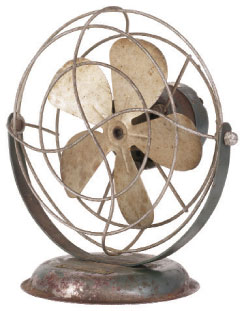
A Historical Perspective
In Asia during the second century, Chinese inventors experimented with a rotary fan for cooling. While quite large at 10 ft. in diameter, it had its drawbacks being manually powered; but seven fans used together for cooling would have been effective. [1]
The Middle Ages
Cisterns and wind towers had their turn at cooling the masses as well, and are believed to be in use today in the Middle East. [2]
Europe
As we move over into Europe, we have an attempt at the first salt water chiller system, of sorts, when Cornelius Drebbel was touted as being able to turn summer into winter. [3]
The Americas
Back home in the States, a couple of gentlemen named Benjamin Franklin and John Hadley conducted experiments with evaporation as a means to rapidly cool objects. After many attempts at success, the pair confirmed that evaporation of highly volatile liquids such as alcohol and ether could be used to lower temperatures of objects below the freezing point of water. [4]
Modern Day
Most people believe the modern day air conditioners were born out of the necessity to stay cool in the summertime, when it was hot outside, right? Well, not exactly. In 1882, the first electric power plant opened in New York, making it possible for the first time to have an inexpensive source of energy for residential and commercial buildings, thanks to Thomas Edison.
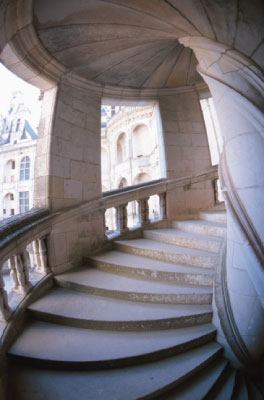
Photo 2. Ancient architecture was very much influenced by the need to keep the occupants comfortable with the aid of the cool night air.
Air-Conditioning as a Practical Application
By the year 1889, central station refrigeration was used in large cities to preserve foods and documents. It was well known that a cool surrounding could preserve foods and other perishables for a long time. But what was not well known was how humidity and heat were related. Then in 1902, Willis Carrier built the first air conditioner to combat humidity inside a printing company. Controlling the humidity in printing companies and textile mills was the start of environment management.
The Turning Point
The cooling effort up to this time in the early 1920s was for industrial purposes; but that all changed in 1924, when three Carrier centrifugal chillers were installed in the J. L. Hudson Department Store in Detroit, Michigan. Shoppers soon flocked to the “air-conditioned” store. The boom in human cooling spread from the department stores to the movie theaters, most notably the Rivoli Theater in New York, which heavily advertised the “cool comfort,” and the summer film business skyrocketed. Demand increased for smaller units and the Carrier Company, which sensed the market growing, was able to oblige.
Home Sweet Home … Well, Cooler Anyway
In 1928, Carrier developed the first residential “Weathermaker” an air-conditioner unit for private home use. By the 1930s, movie theaters, department stores, office buildings, banks, restaurants, railroad cars, and hotels in the South began to be air-conditioned. The Great Depression and then World War II slowed the non-industrial use of air conditioning; but after the war, consumer sales again started to grow.
It was not until the 1950s that cooled air became widespread in the South. In 1951, inexpensive window units were invented, and soon thousands of homes featured dripping, humming metal boxes hanging out bedroom windows.
Moving Forward
Now that we have seen how it was done back in the days when many were on the quest to solve the problem of how to remain cool at will, look at how this science is being used today. What were our concerns of late — energy use, efficiency; we seem to have the same issues all these years later. Now that we are making a shift toward newer energy resources, sustainable power production and other new energy modalities, we once again need to refine our thinking.
Air Conditioning… What Is It?

Breaking It Down
Designers of air-conditioning systems typically refer to the two terms comfort and process when addressing the functionality of a system for a client or for general use. The comfort side, simply stated, is considered when the need to provide a constant temperature is desired by the occupants without regard to how hot it might get inside or outside. The desire is to remain at a constant temperature, period. On the process side of things, the temperature in the environment is modified so that a process may take place, and its only consideration is that the temperature is maintained for that process.
While we typically do not think of our air-conditioning systems until the temperature starts to inch its way up the thermometer, there are many ways with today’s modern equipment and appliances to keep ourselves cool and to maintain that comfort zone that we all enjoy. From the new compact add-one-in-any-space models made by Mitsubishi, to Lennox, Trane, Carrier and many other manufactured split-systems that we see in most of our homes today, to the additional room air conditioner that is added for just that little extra cooling, we need to be just as aware of the requirements for safe installations as we are with how to operate the equipment. The NEC provides us with the knowledge and requirements for just that type of installation. As we continue on, we will look at the NEC and highlight many of the requirements that would apply to the installation of these new technologies and see how we can guarantee the electrically safe operation of the equipment and keep our cool for years to come. [6]
How Do We Apply the NEC?
Section 440.3, Other Articles, reminds us that the provisions in Article 440 are in addition to, or mandatory of, the provisions of Article 430 and other articles in the NEC, which also apply except as modified in Article 440. We need to remember that when we reference air-conditioning equipment that there are many types on the market today, so other articles will need to be considered with regard to what needs to be applied when and where.
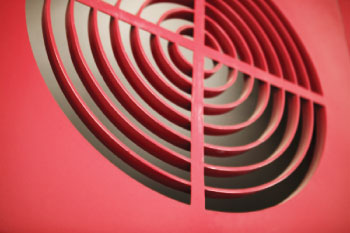
Types of Air-Conditioning Equipment
Air-Conditioning Unit or Appliance
Many of the modern air-conditioning units are made for ease of installation and fit right into the windows of our homes; these units are considered to be an appliance by the NEC and as such are subject to the requirements in Article 422. Other applicable articles for consideration when installing a hermetic refrigerant motor compressor, controllers, circuits, and other associated equipment can be found in Table 440.3(D) based on the location of this type equipment.
Leak-Current Detector Interrupter (LCDI)
Not only are these modern air-conditioning units being made for every application (size wise), the new technology has spilled over into the power supply for these units as well. LCDI or leak current detection interrupters have been incorporated into the power cords of many of these new window units, and they sense leakage current flowing between or from the cord conductors and interrupt the circuit at a predetermined level of leakage current.
Branch Circuit Selection
Once we have selected the unit or type of equipment we will be using, we need to verify the information on the nameplate of the equipment to verify the branch-circuit selection current and to supply the equipment with the proper overcurrent protection power as required.
Branch-Circuit Conductor Selection
We will need to size and select the branch-circuit conductors that will be providing power to the unit or disconnecting means ahead of the unit from Tables 310.16 through 310.19, or to calculate in accordance with 310.15, as may be applicable. The required ampacity of the conductors and the rating of the equipment are determined in accordance with 440.6(A), and 440.6(B).
Disconnecting Means
When we look at the provisions for disconnecting means of the hermetic refrigerant motor compressor on the air-conditioning equipment, we are generally going to see that the amperage for the disconnecting means is 115 percent of the nameplate rating as required by 440.12(A)(1), with the exception of a listed unfused motor-circuit switch without fuseholders having a horsepower rating in accordance with 440.12(A)(2). For cord-connected equipment like household refrigerators, room air conditioners, freezers, beverage coolers, and drinking fountains, a separable connector or an attachment plug and receptacle is also permitted to serve as a disconnecting means in accordance with 440.13, Cord-Connected Equipment.
Room Air Conditioning
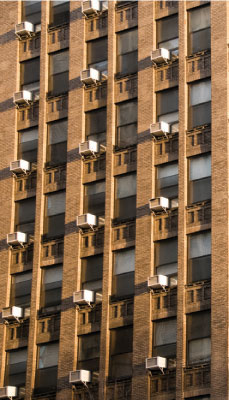
Any room air conditioner rated 3-phase or rated over 250 volts shall be directly connected to a wiring method recognized in Chapter 3, and does not fall under Part VII of Article 440.
Grounding
As we look at the grounding side of these units, we see that all of this work will need to be in accordance with NEC 250.110, 250.112, and 250.114. It is important to remember 110.3(B) when you are dealing with room air conditioners as most of the information that will be supplied will be in the manufacturers’ installation instructions, along with the listing information and more. The enclosures of room air conditioners shall be connected to the equipment grounding conductor of the branch circuit in accordance with 250.110, 250.112, and 250.114 per Section 440.61.
Branch-Circuit Requirements
A couple of important facts to remember in 440.62(B) and 440.62(C) when sizing the branch circuits for a room air conditioner are as follows:
Where no other loads are supplied, the total marked rating of a cord-and-attachment-plug-connected room air conditioner shall not exceed 80 percent of the rating of a branch circuit. In accordance with NEC 440.62(B), this needs to be verified not only to make sure that adequate power is provided via the branch-circuit wiring for the unit—imagine the three o’clock in the morning trip to the reset the overcurrent protection device because the circuit was overloaded.
Where lighting units or other appliances are also supplied, the total marked rating of a cord-and-attachment-plug-connected room air conditioner shall not exceed 50 percent of the rating of a branch circuit in accordance with Section 440.62(C) where the room or space contains lighting outlets, other appliances, or general-use receptacles that are also supplied.
If the equipment or appliance contains modern circuitry that will prevent operation of the room air conditioner and the use of other outlets on the same branch circuit, this section looks a whole lot like Section 440.62(B) as once again due to the inclusion of this circuitry in the equipment or appliance, a cord-and-attachment-plug-connected room air conditioner shall not exceed 80 percent of the branch-circuit rating.
Disconnecting Means
Let’s take a look at 440.63 where we can use an attachment plug and receptacle as the disconnecting means for a single-phase room air conditioner rated 250 volts or less if the manual controls on the room air conditioner are readily accessible and located within 1.8 m (6 ft) of the floor, or an approved manually operable disconnecting means is installed in a readily accessible location within sight from the room air conditioner.

Supply Cords
Leakage-current detector interrupter (LCDI) and arc-fault circuit interrupter (AFCI): single-phase cord-and-plug-connected room air conditioners are now provided with factory-installed LCDI or AFCI protection. We need to be cognizant of the fact that this is a requirement per NEC 440.65 and that the LCDI or AFCI protection is also required to be an integral part of the attachment plug or be located in the power supply cord within 12 in. of the attachment plug end of the supply cord.
The code requirements that we have covered are not all of the requirements for each and every situation; however, many, if not the majority, of electrical installations for an air-conditioning unit or room air conditioner that the everyday consumer will encounter can be handled with the sections that we have visited.
Let’s Sum It Up
We have visited history to get a perspective of the origins of the modern day air-conditioning system, and have seen how many varied and different approaches came out of the numerous attempts to tame the nature of summer. We followed these attempts to see a young engineer conquer the quest to control temperature and humidity; we looked at the basics and made sense of just what air conditioning is. And lastly, but certainly the most important in the mind of this author, we highlighted many of the requirements necessary to complete a safe electrical installation and to provide power so that the dog days of summer can for one more season be something only mentioned in passing as we sit back, stay cool, and sip on that big ol’ glass of sweet tea!
References
1. Needham, Joseph, Mechanical Engineering, part 2 of Physics and Physical Technology, vol. 4 of Science and Civilization (Taipei: Caves Books Ltd., 1986), 99, 151, 233.
2. King, David A. “Architecture and Astronomy: The Ventilators of medieval Cairo and Their Secrets,” Journal of the American Oriental Society, (1984), 104 (1), 97-133.
3. Laszlo, Pierre, History of Salt. http://books.google.com/books?id=DhhN FthpYMC&pg=PA117&dq=Cornelius+Drebbel+%22air+conditioning%22&ei=nw6bScXrM4TMlQTChJXmCQ.
4. Benjamin Franklin to John Lining, 17 June 1758, “Cooling by Evaporation.”
5. ASHRAE Terminology of HVAC&R, (Atlanta: ASHRAE, Inc., 1991).”Air conditioning applications” Wikipedia. http://en.wikipedia.org/w/index.php?title=Air_conditioning&printable. Retrieved 18 May 2010.
6. ASHRAE Terminology of HVAC&R, (Atlanta: ASHRAE, Inc., 1991).”Air conditioning applications” Wikipedia. http://en.wikipedia.org/w/index.php?title=Air_conditioning&printable. Retrieved 18 May 2010.
7. http://en.wikipedia.org/w/index.php?title=Air_conditioning& printable. Retrieved 18 May 2010.











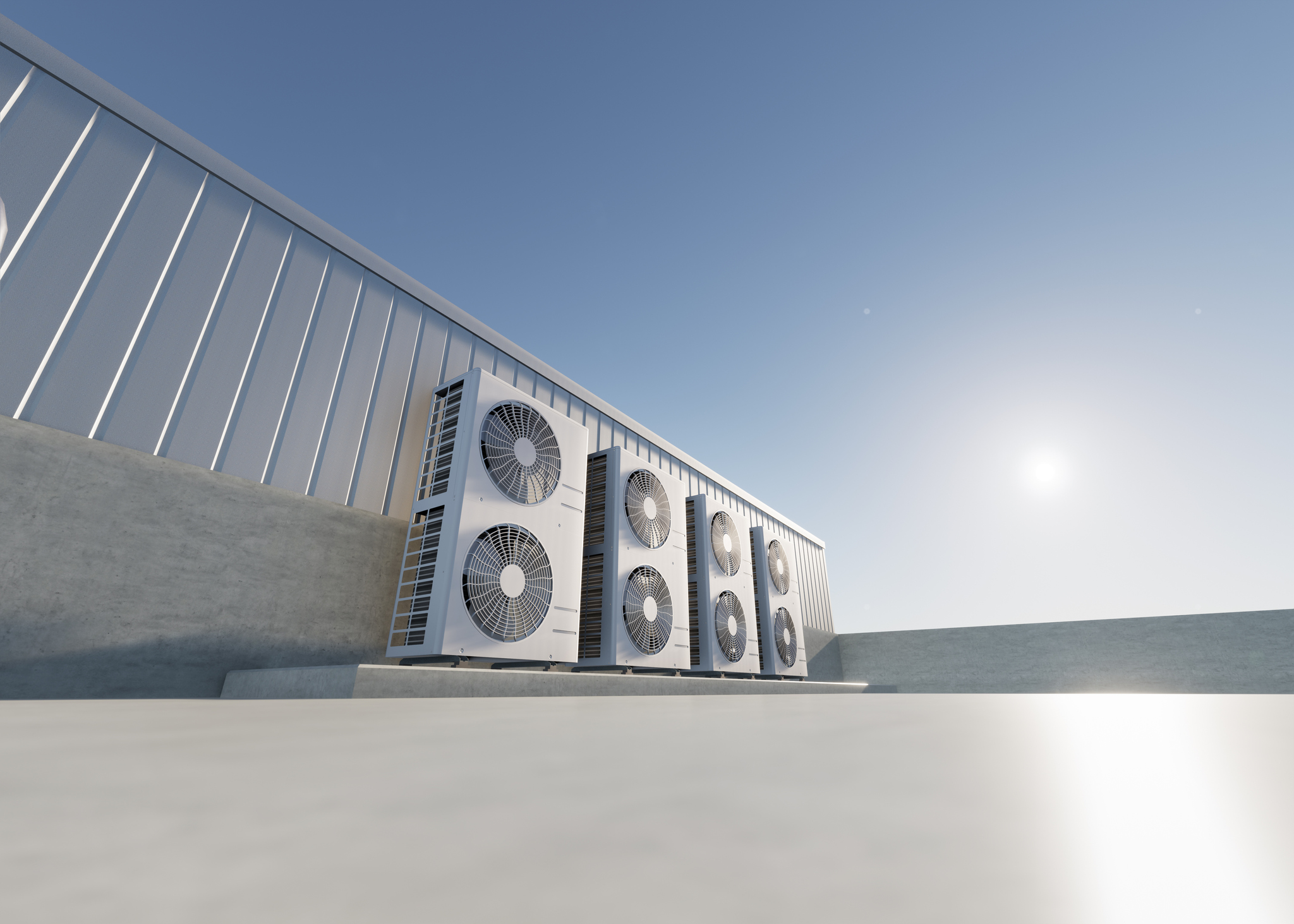


Find Us on Socials